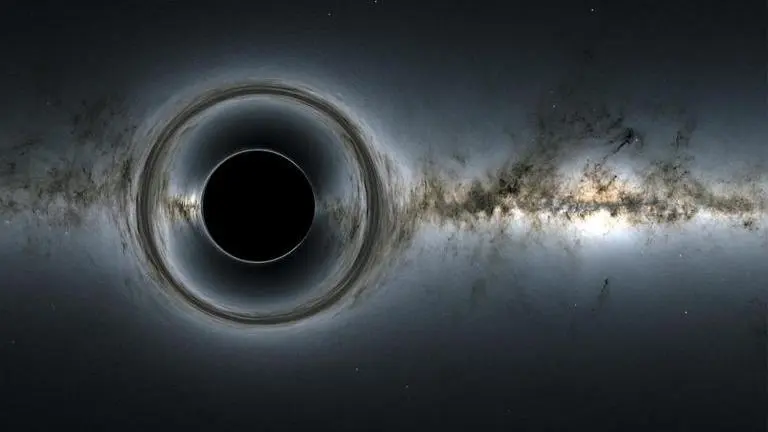Updated 5 May 2022 at 21:04 IST
Black hole echoes converted into eerie audio by MIT scientists; here's more about it
Black holes are objects in our universe that are invisible since they do not allow light to escape due to their extremely powerful gravitation pull.
- Science News
- 2 min read

Black holes are objects in our universe that are invisible since they do not allow light to escape due to their extremely powerful gravitation pull. However, a team of astronomers did the unthinkable when they released the first direct photo of a black hole in 2019 using the Event Horizon Telescope (EHT). But thanks to a team of astrophysicists from the Massachusetts Institute of Technology, we can not only see but hear a black hole.
The milestone was achieved by the MIT scientists after they decided to convert the X-ray echoes of eight black hole binaries found in the Milky Way into sound waves. As a result, the experts produced an eerie result, sound waves which you can check out in the video above. In the new study, which has been published in the Astrophysical Journal, the astrophysicists noted that only two such systems in the Milky Way were known to emit X-ray echoes until now.
The scientists explained that the white circle in the visual is the location of the black hole’s event horizon. An event horizon is basically the boundary of a black hole and nothing, not even light, can escape the object once it crosses this boundary. Besides, the video also shows the simulated light echoing off the black hole’s accretion disk and the echoes of light are color-coded by their observed frequency. In an official report, the experts revealed that they pinpointed the black hole echoes using a new automated search tool, the "Reverberation Machine", and data from the NICER telescope fitted aboard the International Space Station.
Explaining the galaxy's evolution through black holes
Erin Kara, assistant professor of physics at MIT, said that black holes are an important factor in understanding the evolution of our galaxy. In a statement, she said that the black holes examined by her team are apparently 'mini' supermassive black holes. "By understanding the outbursts in these small, nearby systems, we can understand how similar outbursts in supermassive black holes affect the galaxies in which they reside", Kara added.
Advertisement
Published By : Harsh Vardhan
Published On: 5 May 2022 at 21:04 IST
